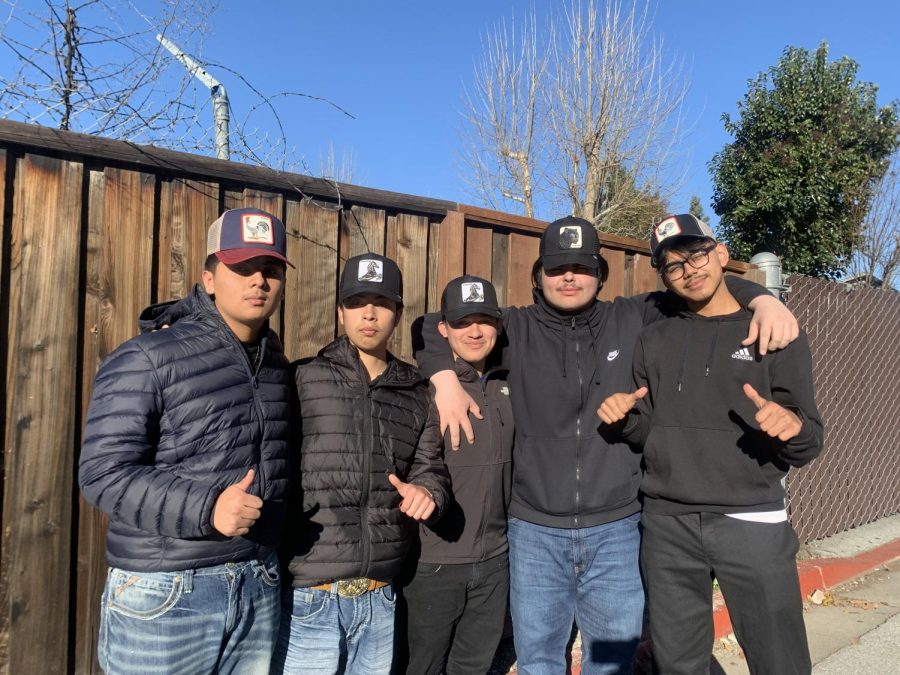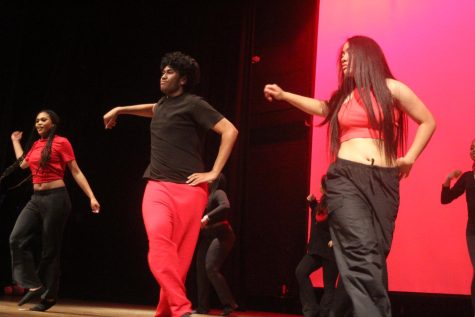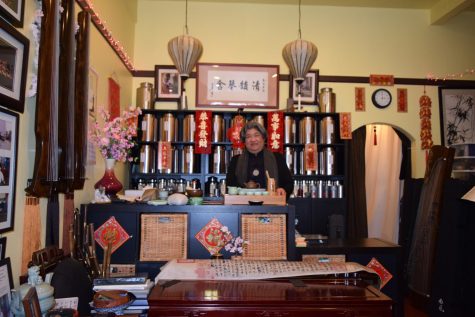Sinaloa Terror Disrupts Plans and Fuels Trends
Freshman Hazel Gonzalez has been planning her summer quinceañera for months. Her family intended to hold the 15th birthday celebration in Mexico, in the Sinaloa region they came from and where relatives still live. But with the rising street violence in Mexico, they are questioning their plans.
“My mom is scared,” Hazel said. “All of my dad’s family is there, my mom’s sister, and all of my cousins.”
Although the violence is happening thousands of miles away, the influences and impacts are evident, even at Eastside. For Hazel, these events don’t feel far away and are impacting summer plans. For other students – especially Latinos – the news from Mexico is affecting the music they listen to and the fashion trends they follow.
On Jan. 5, Mexican authorities captured Ovidio Guzman, a cartel leader and son of Joaquin “El Chapo” Guzman in Sinaloa, unleashing a surge of uprisings. Violent lootings, hundreds of cars being set on fire to block roads and even some deaths followed. Shots were reported at the Culiacán airport.
In many places including the Bay Area and parts of Texas, younger Latinos listen to “corridos”, songs by Mexican artists that share stories of living difficult lives among excessive violence. These songs often refer to well-known cartel leaders.
Despite the violence and profanity in the music, people of all ages can recite the lyrics with excitement and passion because they hear a deeper message in the lyrics, and the songs are a key aspect of today’s culture.
“We keep our culture and stories alive with this music!” said sophomore Julisa Hernandez, who enjoys this genre and also other Mexican music. “These stories are real, but they show us to work hard.”
Music videos posted on social media draw viewers and also influence fashion. In the videos, the performers often wear caps that look like the ones worn by men in the Sinaloa gangs – baseball cap style but with a wide, curved brim. Some people have picked up that fashion.
One company that makes hats in that style is Goorin Bros. Their Original Animal Farm collection includes hats in various colors decorated with a rectangle that has an animal inside, and the brims are wide and curved, like those in photos of the cartel leaders.
Some people wear Goorin Bros Hats that people recognize from social media, but they aren’t necessarily trying to express solidarity with the Sinaloa gangs or El Chapo.
“There’s no meaning behind why I wear these hats, I just like the way they go with my outfits,” said junior Ivan Rios, who has six hats. “People don’t wear them for a certain reason, it’s more for the looks.”
For some people, the Sinaloa violence just means new styles and music, but other families and communities have been forced to face the horrible realities of the cartel wars in Mexico. Many have lost family members or important belongings.
“It’s important to think about the fact that people do get hurt,” said sophomore Emilio Sanchez, who tends to wear the animal hats and listens to corridos. “But we can still enjoy the art that others are producing through music, which is always growing.”





